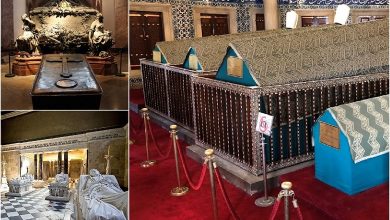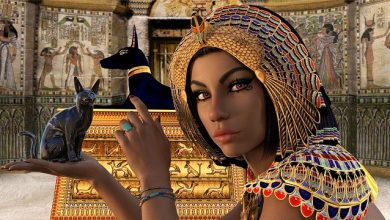5 “cursed” jewels that bring misfortune to their owners
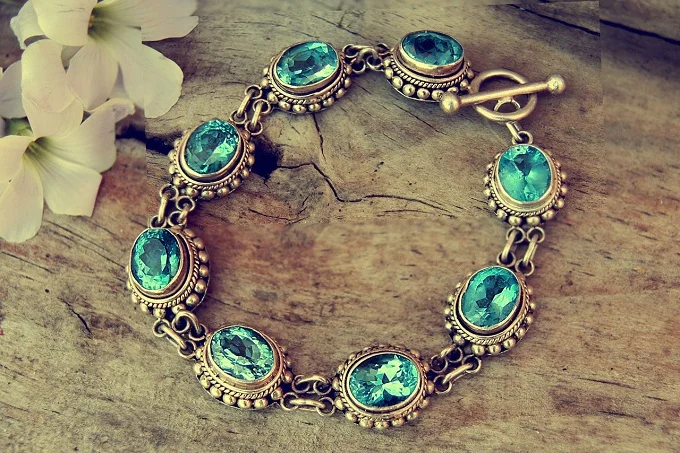
Jewels have long piqued the interest of both men and women. True, diamond-encrusted jewelry is out of reach for the average man on the street. As just so happens, Jewelry provokes a sensation of contentment and self-assurance, emphasizing a person’s status and riches.
Not all jewelry, however, is pleasurable to wear. They might, on the other hand, be a source of sadness. Some individuals are wary of such allegations, while others are afraid of handling the “cursed” jewelry.
“Hope”, a blue diamond that robs people of their Hope
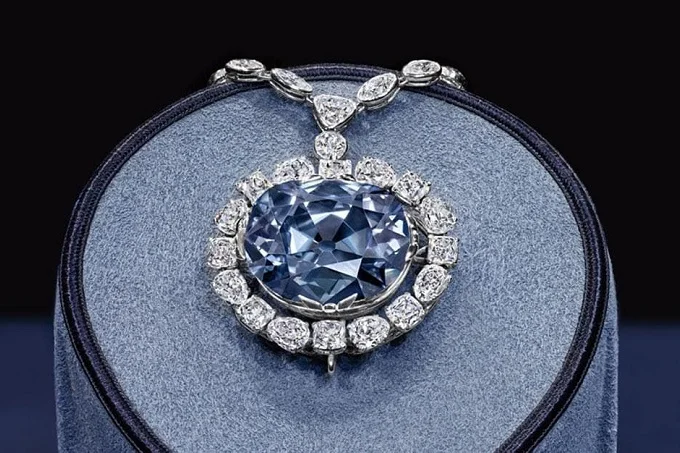
Alternative names for this gem include Hope Gem, French Blue Diamond, French Blue, and Hope Diamond. It is considered one of history’s most devastating pieces of jewelry since almost everyone who had it went mad or died due to a violent death.
This blue diamond was formerly part of the temple dedicated to the Indian goddess Sita and was only used in religious ceremonies. According to Hindu scriptures, it has always been forbidden to own a diamond on your own. The foreigner who grabbed the stone from the temple, on the other hand, had no idea. A group of wild dogs ambushed him before he could hide. The adventure of the “killing diamond” had started.
This stone was formerly owned by two French rulers, Marie Antoinette and Louis XVI. Following a popular uprising, they were sentenced to the guillotine. The diamond was owned at the time by Princess de Lamballe, who was bludgeoned to death by the crowd. The diamond’s next owner, Jacques Collet, died by committing suicide.
The stone was acquired from Cartier in 1911 by Evelyn Maclean, who said that she would erase the previous curse from it. As history has proven, Evelyn’s son was murdered in a car accident, her daughter died of a heroin overdose, and her husband abandoned her for another woman.
The curse was broken by Henry Winston, a well-known American jeweler. The Hope was acquired from its former owner by Winston and given to the Smithsonian Institution for preservation. The stone is no longer in anybody’s hands, and its bloody story has come to an end. Since 1958, the blue diamond has been on exhibit at the Natural History Museum in Washington, where it is appraised at $2.5 billion by specialists.
The earring of unfaithful spouses
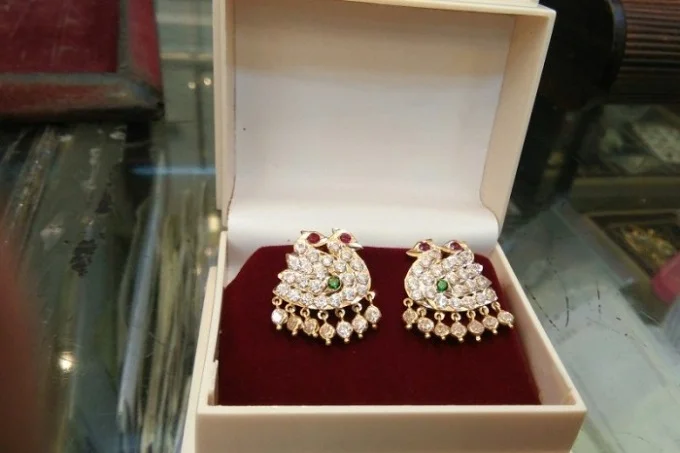
The legend about the diamond earrings of the Meshchersky princes said that they could reveal the wrong partner. So, a wife who is unfaithful to her spouse will immediately be punished as soon as she puts them on her ears. Alexander Pushkin also tried the effect of earrings.
Despite numerous novels and hobbies, the great poet was himself terribly jealous. Having heard the legend about earrings, he decided to test the loyalty of his beloved wife, Natalia Pushkina. Alexander Sergeyevich Pushkin borrowed earrings from the Meshcherskys for Natalia. A few days after the jewel adorned Goncharova’s ears, the poet was mortally wounded in a duel.
Meshchersky, one of the princes, gave these earrings to his wedding wife as a present before the revolution. Ekaterina, the new owner, was feared by those who were aware of the jewelry’s “evil power.” The curse was fulfilled this time: her husband died soon after, her lover left her with an unnamed daughter in her arms, and the woman was shunned by society.
Then came the revolution, hunger, and poverty, the jewelry was sold. The next owners of these doomed earrings are unknown. It is quite possible that jewelry is now passing from hand to hand, destroying the fate of its new owners
Black Orlov’s diamond

It is believed that this stone, also known as the “Eye of Brahma”, was stolen from a statue of the Hindu god Brahma in Pondicherry. According to many, this fact explains the curse lying on the diamond, which led to the suicide of its owners.
In 1932, J. Paris, who eventually jumped from a skyscraper, brought this gorgeous stone to the United States. The other two diamond owners suffered the fate of their predecessors. In an attempt to “remove the curse,” the jewelers divided the stone into three parts. The largest part of 67.5 carats is still called “Black Orlov”.
Jeweler Winston gave the “bloodstone” a square cut with his own hands and then inlaid it in the composition of a platinum necklace. The jewelry has been passed from owner to owner more than once, but the last time it was auctioned off at Sotheby’s in New York.
The cursed brooch of King Croesus
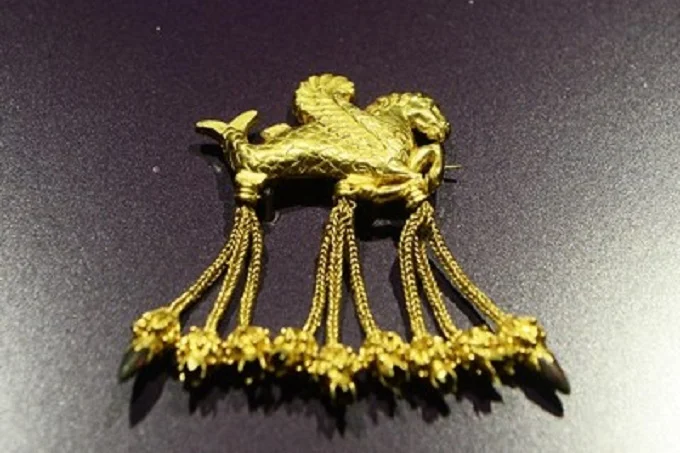
King Croesus’ most famous treasure is the galloping horse brooch. Ancient rulers are claimed to have used curses to hide their riches. Croesus’ jewelry, which he wore throughout his reign in the 6th century BC, suffered a similar fate.
In 1965, 363 antiques were unearthed by coincidence by Turkish peasants. Thieves grabbed the wealth after it was left exposed for many days. Their fate is unknown, but when scientists arrived at the site to investigate, the unexpected happened: all seven dig employees died suddenly.
The relics were mostly donated to museums, while some were sold to private collectors. The owners, on the other hand, wanted to get rid of the jewelry as quickly as possible after buying it. In 2006, the brooch was stolen from a museum in Turkey while on exhibit. Because the crooks were unable to sell the diamonds, they returned to the police station a few years later to surrender the relic, claiming that it had cursed them with a life of suffering.
Marie Antoinette’s murderous necklace

The blue diamond was not the only jewel that shaped the fate of the Queen of France. One of them that sent the infamous ruler to the chopping block was a necklace made from a huge amount of pure diamonds. It is noteworthy that the jewelry did not belong to her at all.
On one occasion, a fraud named Jeanne Lammoth-Valois tricked the necklace under the pretext that it was intended for the queen. The swindler introduced herself as a confidant of Marie-Antoinette. When it became clear that no one was going to pay the bills, the deceived jeweler went to His Majesty for an explanation.
As it turned out, the queen did not buy any jewelry, and did not know about the existence of a chic necklace. A trial was started, during which the jewelry was returned to its creator, and the rogue Jeanne was punished.
However, the history of the necklace did not end there. People did not need a reason to blame the queen for all the atrocities. And then a scandalous trial with the participation of a fabulous sum of francs turned up. Marie Antoinette was blamed for waste while the population was starving.



